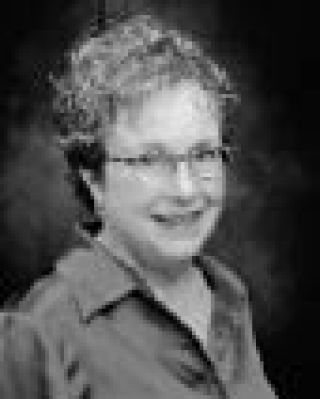Give me history over fiction any day. Stories of people who walked where I walk today fascinate me. It has led me to collect pieces of our area’s past to preserve for my family.
My introduction into the history of Oak Harbor began as I talked to old-timers who were here when the base was built or who came here to train for the war in the Pacific. I heard about the proud Irish families and their dogged determination to own businesses and raise families, but I also heard about the another hearty group of settlers: the Dutch. We celebrate their arrival in 1895 with this weekend’s Holland Happening.
The first Hollander to set foot on Whidbey Island arrived on the steamer Idaho which docked at San de Fuca. In 1896, R.E. WERKMAN, who was instrumental in bringing the Dutch settlers to Whidbey Island, wrote in the Seattle Times, “There are estimated to be about 200, most of them belonging to families and only a few bachelors.”
A God-fearing, closely-kit community, they formed their Christian (then Dutch) Reformed Church which met at Byrne’s Hall on East Pioneer Way, and built the church that is now home to Whidbey Playhouse.
HERB DYKERS arrived in 1895 with $5 and couldn’t speak a word of English. He, ALBERT HOFFMAN, ART CASE and another young man built a cabin near Cranberry Lake to live in while each day they walked the 10 miles into Oak Harbor in search of work. Back then, workdays ran about 10 hours, and if they found a day’s work, they completed it and walked the 10 miles home.
JOHN RONHAAR arrived in the Swantown district and worked hard to clear the land. His axe handle was destroyed while he was burning some brush. It would cost 10 cents to replace it, if a person had 10 cents. He applied for credit and was refused. Another early day settler, VINCE STROOPS, overheard the refusal and plunked down a dime. Ronhaar never forgot the kindness shown to a desperate farmer when an axe handle meant the difference between living and starving.
ED VANDERZICHT, a skilled dairy technician, settled in Clover Valley with his wife and children. JAMES NEIL came in 1906 with a logging and pile outfit, employing about 60 men and providing the island’s first real payroll.
The May 1897 Island County Times reported, “We have a shoe factory here running full time and turning out shoes at only 50 cents a pair, warranted to fit and give good satisfaction. If you have a good quality of toe corn, there will be a place made for it where it will have room to grow without getting pinched. The shoes are made from cottonwood, willow, etc., and bored out with gauge augers.” Wooden shoes continued to be made during the decade before 1920, as they were useful in field and garden work.
The little community took on the appearance of the new land and schools with students made up entirely of Dutch descent turned out American children.
In May 1915, Oak Harbor was incorporated as a town of 300 people and JEROME ELY was elected first mayor. Since then, five of the first Dutch settlers and their descendants have served as mayor: FRANK STALLMAN, JOHN EERKES, OTTO VAN DYKE, RICHARD ZYLSTRA and AL KOETJE. Fifteen male ZYLSTRAS were among the first to arrive. Today, there are still descendants here with names like EERKES, VAN DYKE, NEINHUIS, RIKSEN, TYHUIS, VANDERZICHT, VANDER STOEP, VANDER WERFHORST and others.
Three of Oak Harbor’s first settlers were not Dutch, but they knew they were in a special place. Ulrich Freund, a Swiss Army captain, came with two companions, Martin Taftson, the Norwegian, and the “Yankee” Sumner in December 1850. In 1851, they filed on three donation claims that took in most of the harbor.
Keeping history alive
They were writers, mothers and working women, the trio of LEE BRAINARD, CHIC SCHULLE and the late DOROTHY NEIL. They had a passion to save history by publishing it for everyone to read. Fans could hardly wait for the new “Sprindrift” to hit the stands every quarter. There were always fascinating photos, history, pioneer recipes and sage advice sprinkled throughout.
I have kept my copies in an old cardboard suitcase I got down the other day. As piles of Spindrifts slid across my bed, momentarily burying Rocky and Bella, I felt the presence of Dort, Chic and Lee B. in the room. I suddenly wanted a cup of tea. They made our lives richer by preserving the past.
Now that you know a little about the early settlers, read more in Spindrift in copies at the Oak Harbor Library (675-5115) or Island County Historical Society Museum (678-3310, best to call weekdays). Another good source is History Link, an online encyclopedia of Washington State History, at http://www.historylink.org/essays/out
put.cfm?file_id=5432.
Write to me at lifeonwhidbey@yahoo.com or call 675-6611 with your story ideas.



